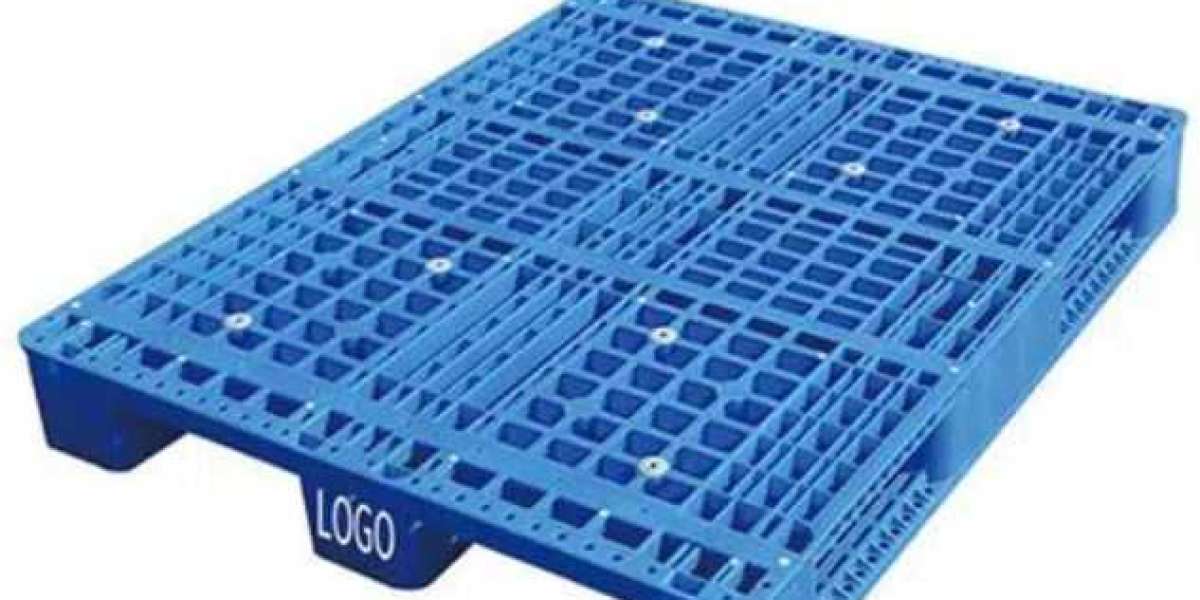Hosting Made Simple: The Fundamentals of Setting a Dining Room Table
This article will give us an insight into how to properly set a table.Setting a dining room table may seem like a simple task, but it is an art that can elevate any dining experience. Whether you are hosting a formal dinner party or a casual gathering, knowing the fundamentals of setting a dining room table will ensure that your guests feel welcome and comfortable. In this article, we will explore the key elements and techniques of hosting made simple: the fundamentals of setting a dining room table.
The Importance of Table Setting
Before diving into the specifics of table setting, let's understand why it is important. A well-set table not only enhances the visual appeal of the dining area but also sets the tone for the entire meal. It creates an inviting atmosphere and shows your guests that you have put thought and effort into their dining experience. A properly set table also helps with the flow of the meal, ensuring that everything is within reach and organized.
Essential Elements of Table Setting
When setting a dining room table, there are several essential elements to consider:
1. Tablecloth or Placemats
The foundation of a well-set table is a tablecloth or placemats. These not only protect your table from spills and stains but also add a touch of elegance to the setting. Choose a tablecloth or placemats that complement the overall theme or color scheme of your dining room.
2. Dinnerware
The dinnerware includes plates, bowls, and glasses. Start by placing the dinner plate in the center of each setting, followed by the salad plate or soup bowl on top. The glasses should be placed to the right of the plates, with the water glass closest to the plate and other glasses arranged in the order they will be used.
3. Flatware
Flatware refers to the utensils used for eating, such as forks, knives, and spoons. Place the forks on the left side of the plates, with the salad fork on the outermost side. The knives and spoons should be placed on the right side, with the blade of the knife facing inward.
4. Napkins
Napkins can be placed either on top of the dinner plate or to the left of the forks. You can fold them in a simple rectangle shape or get creative with napkin folding techniques to add an extra touch of elegance.
Additional Considerations
While the above elements form the foundation of a well-set table, there are a few additional considerations to keep in mind:
- Centerpiece: A centerpiece can be added to the table to enhance its visual appeal. Choose a centerpiece that is not too tall, as it may obstruct the view and conversation across the table.
- Bread and Butter Plate: If you are serving bread or rolls, a bread and butter plate can be placed above the forks or to the left of the dinner plate.
- Salt and Pepper Shakers: Salt and pepper shakers can be placed near the center of the table for easy access.
- Place Cards: For formal occasions or larger gatherings, place cards can be used to assign seating and help guests find their designated places.
By paying attention to these additional considerations, you can create a well-rounded and visually pleasing table setting that will impress your guests.
Conclusion
Setting a dining room table is an essential skill for any host or hostess. By following the fundamentals of hosting made simple: the fundamentals of setting a dining room table, you can create a welcoming and visually appealing dining experience for your guests. Remember to pay attention to the essential elements of table setting, consider additional details, and let your creativity shine through. Happy hosting!
References:
3. Real Simple








